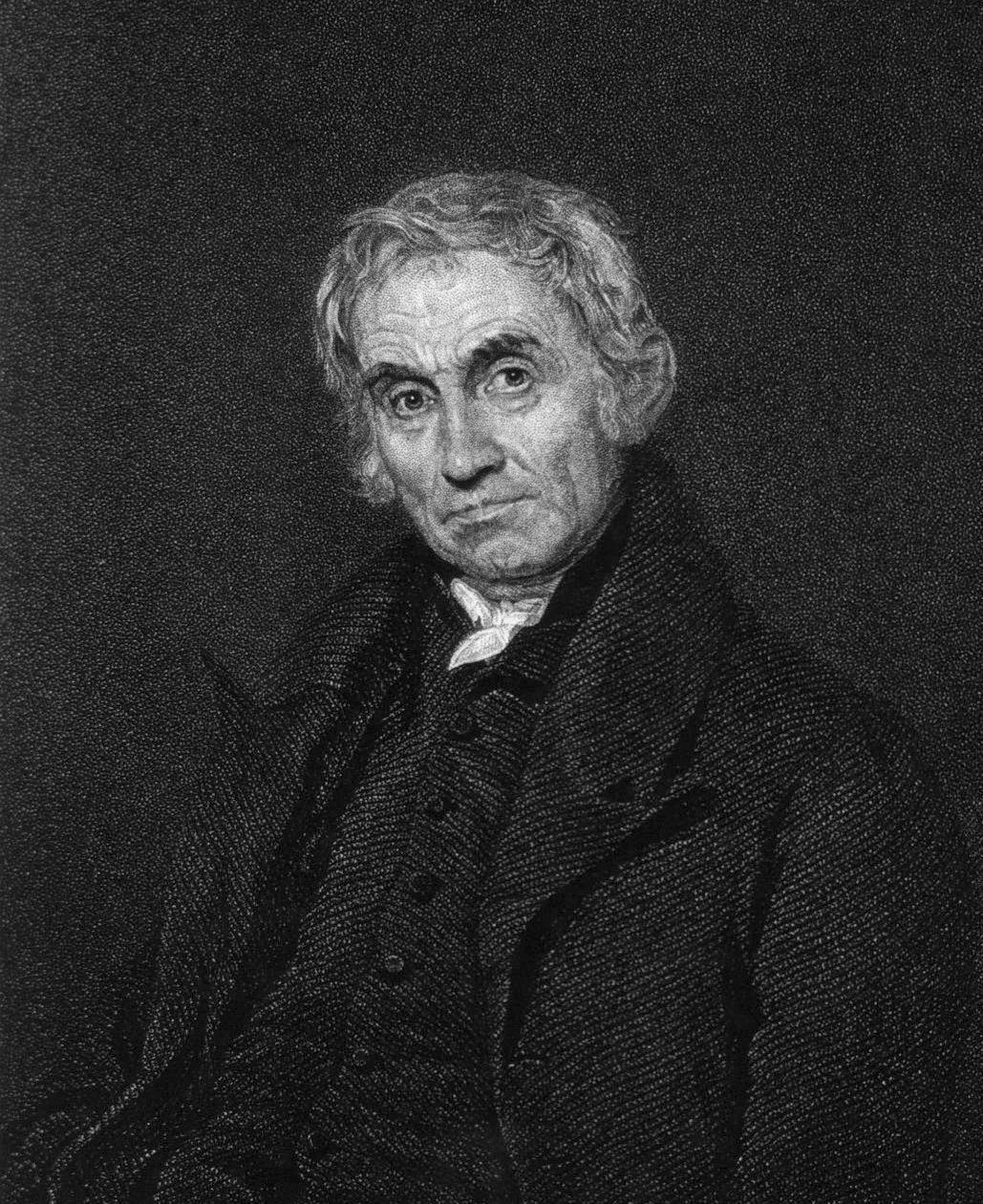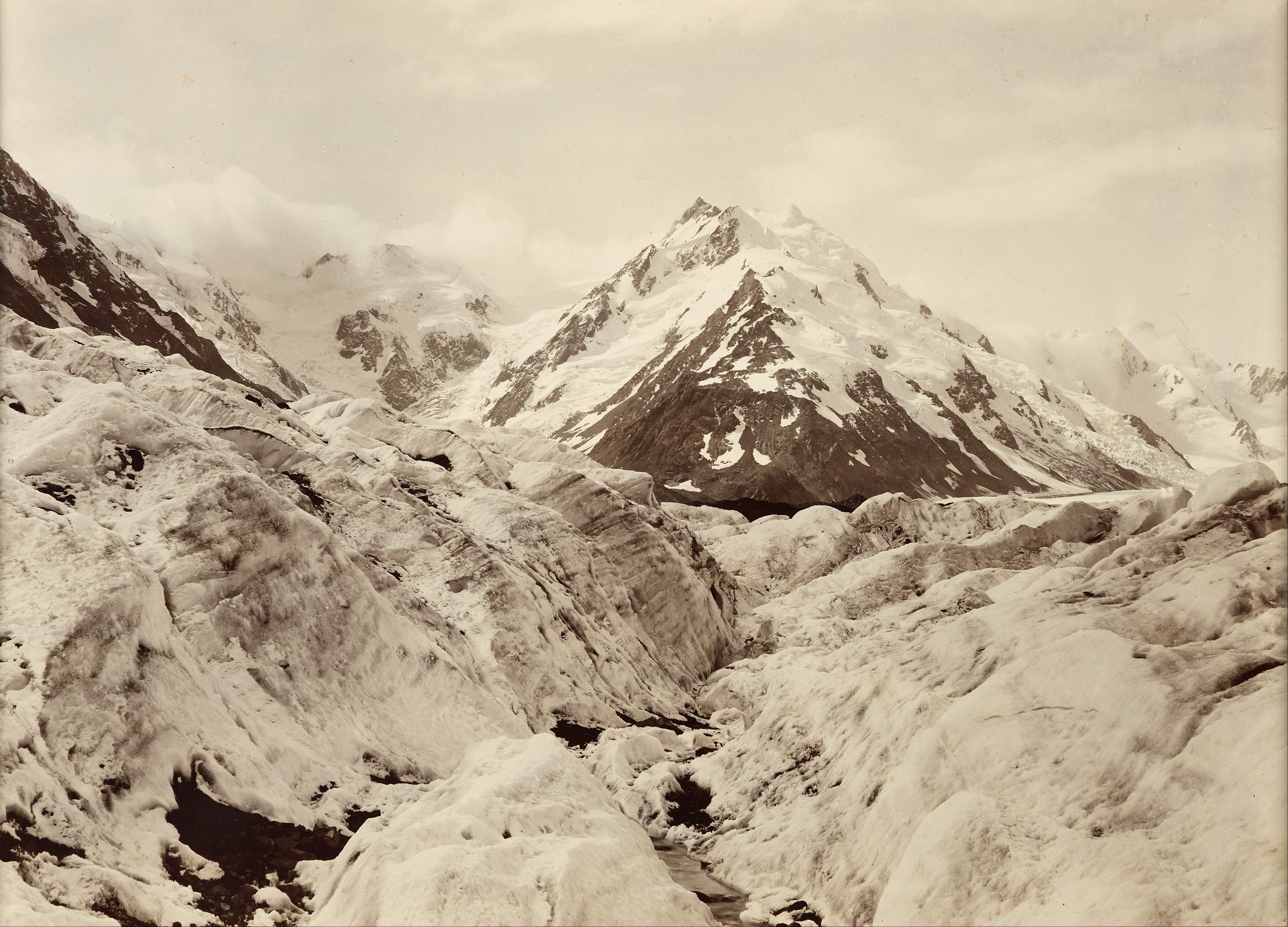|
Doom Bar
The Doom Bar (previously known as Dunbar sands, Dune-bar, and similar names) is a sandbar at the mouth of the estuary of the River Camel, where it meets the Celtic Sea on the north coast of Cornwall, England. Like two other permanent sandbanks further up the estuary, the Doom Bar is composed mainly of marine sand that is continually being carried up from the seabed. More than 60 percent of the sand is derived from marine shells, making it an important source of agricultural lime, which has been collected for hundreds of years; an estimated 10 million tons of sand or more has been removed from the estuary since the early nineteenth century, mainly by dredging. The estuary mouth, exposed to the Atlantic Ocean, is a highly dynamic environment, and the sands have been prone to dramatic shifts during storms. According to tradition, the Doom Bar formed in the reign of Henry VIII, damaging the prosperity of the port of Padstow a mile up the estuary. Until the twentieth centur ... [...More Info...] [...Related Items...] OR: [Wikipedia] [Google] [Baidu] |
River Camel
The River Camel ( kw, Dowr Kammel, meaning ''crooked river'') is a river in Cornwall, England. It rises on the edge of Bodmin Moor and with its tributaries its catchment area covers much of North Cornwall. The river flows into the eastern Celtic Sea between Stepper Point and Pentire Point having covered about 30 miles, making it the second longest river wholly in Cornwall. The river is tidal upstream to Egloshayle and is popular for sailing, birdwatching and fishing. The name ''Camel'' comes from the Cornish language for 'the crooked one', a reference to its winding course. Historically the river was divided into three named stretches. Heyl ( kw, Heyl, meaning ''estuary'') was the name for the estuary up to Egloshayle, the River Allen ( kw, Dowr Alen, meaning ''shining river'') was the stretch between Egloshayle and Trecarne, whilst the Camel was reserved for the stretch of river between its source and Trecarne. Geology and hydrology The River Camel rises on Hendraburnick Do ... [...More Info...] [...Related Items...] OR: [Wikipedia] [Google] [Baidu] |
Doom Bar (beer)
Sharp's Brewery is a British brewery founded in 1994 in St Minver Lowlands, Rock, Cornwall, Rock, Cornwall, by Bill Sharp. Since 2011, the brewery has been owned by Molson Coors. It is best known for its flagship ale Doom Bar, named after the notoriously perilous Doom Bar sandbank in north Cornwall. History The brewery has been through three phases – from a small micro brewery, to a larger facility within the same building and finally to the current phase that has seen the Brewery extend its premises to accommodate more vessels and increase its brewing capacity. Unlike many breweries, they do not own or operate any public houses, hotels or restaurants. Their focus is solely on brewing beer. Sharp's also run a joint venture with Paul Ainsworth – the Mariners – in Rock. On 2 February 2011 the brewery was bought by Molson Coors for £20 million. Beers Sharp's produce regular cask ales, seasonal ales, and pasteurised bottled beers. Doom Bar bitter ''Doom Bar bitter ... [...More Info...] [...Related Items...] OR: [Wikipedia] [Google] [Baidu] |
Camel Estuary 1825 And 2010
A camel (from: la, camelus and grc-gre, κάμηλος (''kamēlos'') from Hebrew or Phoenician: גָמָל ''gāmāl''.) is an even-toed ungulate in the genus ''Camelus'' that bears distinctive fatty deposits known as "humps" on its back. Camels have long been domesticated and, as livestock, they provide food (milk and meat) and textiles (fiber and felt from hair). Camels are working animals especially suited to their desert habitat and are a vital means of transport for passengers and cargo. There are three surviving species of camel. The one-humped dromedary makes up 94% of the world's camel population, and the two-humped Bactrian camel makes up 6%. The Wild Bactrian camel is a separate species and is now critically endangered. The word ''camel'' is also used informally in a wider sense, where the more correct term is "camelid", to include all seven species of the family Camelidae: the true camels (the above three species), along with the "New World" camelids: the llama, ... [...More Info...] [...Related Items...] OR: [Wikipedia] [Google] [Baidu] |
Sand Flat
Mudflats or mud flats, also known as tidal flats or, in Ireland, slob or slobs, are coastal wetlands that form in intertidal areas where sediments have been deposited by tides or rivers. A global analysis published in 2019 suggested that tidal flat ecosystems are as extensive globally as mangroves, covering at least of the Earth's surface. / They are found in sheltered areas such as bays, bayous, lagoons, and estuaries; they are also seen in freshwater lakes and salty lakes (or inland seas) alike, wherein many rivers and creeks end. Mudflats may be viewed geologically as exposed layers of bay mud, resulting from deposition of estuarine silts, clays and aquatic animal detritus. Most of the sediment within a mudflat is within the intertidal zone, and thus the flat is submerged and exposed approximately twice daily. A recent global remote sensing analysis estimated that approximately 50% of the global extent of tidal flats occurs within eight countries (Indonesia, China, Au ... [...More Info...] [...Related Items...] OR: [Wikipedia] [Google] [Baidu] |
Harbour Cove
The River Camel ( kw, Dowr Kammel, meaning ''crooked river'') is a river in Cornwall, England. It rises on the edge of Bodmin Moor and with its tributaries its catchment area covers much of North Cornwall. The river flows into the eastern Celtic Sea between Stepper Point and Pentire Point having covered about 30 miles, making it the second longest river wholly in Cornwall. The river is tidal upstream to Egloshayle and is popular for sailing, birdwatching and fishing. The name ''Camel'' comes from the Cornish language for 'the crooked one', a reference to its winding course. Historically the river was divided into three named stretches. Heyl ( kw, Heyl, meaning ''estuary'') was the name for the estuary up to Egloshayle, the River Allen ( kw, Dowr Alen, meaning ''shining river'') was the stretch between Egloshayle and Trecarne, whilst the Camel was reserved for the stretch of river between its source and Trecarne. Geology and hydrology The River Camel rises on Hendraburnick Down ... [...More Info...] [...Related Items...] OR: [Wikipedia] [Google] [Baidu] |
Daymer Bay
Daymer Bay is a bay and a beach on the east side of the River Camel estuary in north Cornwall, England, United Kingdom. It is situated approximately six miles (10 km) north of Wadebridge.Ordnance Survey: Landranger map sheet 200 ''Newquay & Bodmin'' Daymer Bay lies west of Trebetherick village at . The bay is bounded to the north by Trebetherick Point and to the south by Brea Hill. Daymer Bay beach is backed by dunes and behind them is St Enodoc's Church where the poet John Betjeman is buried. The beach is very popular for windsurfing and kitesurfing Kiteboarding or kitesurfing is a sport that involves using wind power with a large power kite to pull a rider across a water, land, or snow surface. It combines aspects of paragliding, surfing, windsurfing, skateboarding, snowboarding, and wak .... References External links Daymer Bay tide times Beaches of Cornwall Bays of Cornwall Populated coastal places in Cornwall {{NorthCornwall-geo-stub ... [...More Info...] [...Related Items...] OR: [Wikipedia] [Google] [Baidu] |
Submerged Forest
A submerged forest is the ''in situ'' remains of trees, especially tree stumps, that lie submerged beneath a bay, sea, ocean, lake, or other body of water. These remains have usually been buried in mud, peat, or sand for several thousand years before being uncovered by sea level change and erosion and have been preserved in the compacted sediment by the exclusion of oxygen. A forest can become submerged as the result of a lake or sea level rise that results in a lacustrine or marine transgression and in-place drowning of the forest. A submerged forest that lies beneath a lake can also be formed by the blockage of a river valley by either a landslide or manmade dam. Examples Marine submerged forests may be regularly exposed at low tide; examples of these can be found at low tide on the fringes of the submerged landmass known as Doggerland, around the coast of England and the coasts of Wales, the Channel Islands, north-west France and Denmark. One of the first recorded encounte ... [...More Info...] [...Related Items...] OR: [Wikipedia] [Google] [Baidu] |
Samuel Drew
Samuel Drew (6 March 1765 – 29 March 1833) was a British Methodist theologian. A native of Cornwall, England, he was nicknamed the "Cornish metaphysician" for his works on the human soul, the nature of God, and the deity of Christ. He also wrote on historical and biographical themes. Early life and education Drew was born in the parish of St Austell, in Cornwall. His father was a poor farm labourer, and could not afford to send him to school long enough even to learn to read and write. At ten he was apprenticed to a shoe-maker, and at twenty he settled in the town of St Austell, first as manager for a shoe-maker, and in 1787 began business on his own account. He had already gained a reputation in his narrow circle as a keen debater and a jovial companion, and it is said that he had several smuggling adventures. He was first aroused to serious thought in 1785 by a funeral sermon preached over his elder brother by Adam Clarke. He joined the Methodists, was soon employed as a c ... [...More Info...] [...Related Items...] OR: [Wikipedia] [Google] [Baidu] |
Henry De La Beche
Sir Henry Thomas De la Beche KCB, FRS (10 February 179613 April 1855) was an English geologist and palaeontologist, the first director of the Geological Survey of Great Britain, who helped pioneer early geological survey methods. He was the first President of the Palaeontographical Society. Biography De la Beche was born in Welbeck Street, Cavendish Square, London. He was the only son of Thomas De la Beche (1755–1801) and his wife, Elizabeth. The family name was originally Beach, but his father changed it to create a fictional connection with the medieval Barons De la Beche of Aldworth, Berkshire. His father served as a brevet major (later lieutenant-colonel) in the Norfolk Yeomanry, a regiment of fencibles in the British Army, and was a slave owner with an estate in Jamaica. In 1800 the family travelled to the plantation in Jamaica when Thomas inherited the estate and his father died there in the following year. Mother and son returned to England, having been shipwrecked to ... [...More Info...] [...Related Items...] OR: [Wikipedia] [Google] [Baidu] |
Collecting Sand At Low Tide - Geograph
The hobby of collecting includes seeking, locating, acquiring, organizing, cataloging, displaying, storing, and maintaining items that are of interest to an individual ''collector''. Collections differ in a wide variety of respects, most obviously in the nature and scope of the objects contained, but also in purpose, presentation, and so forth. The range of possible subjects for a collection is practically unlimited, and collectors have realised a vast number of these possibilities in practice, although some are much more popular than others. In collections of manufactured items, the objects may be antique or simply collectable. Antiques are collectable items at least 100 years old, while other collectables are arbitrarily recent. The word ''vintage'' describes relatively old collectables that are not yet antiques. Collecting is a childhood hobby for some people, but for others a lifelong pursuit or something started in adulthood. Collectors who begin early in life often modif ... [...More Info...] [...Related Items...] OR: [Wikipedia] [Google] [Baidu] |







